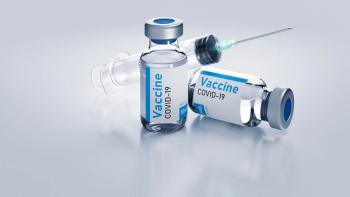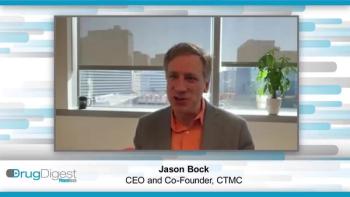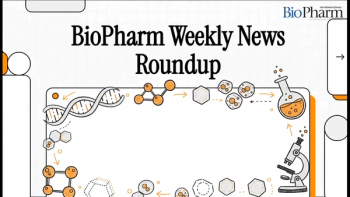
FDA Reports Improvement in Postmarket Drug Oversight
FDA Reports Improvement in Drug Oversight.
FDA has detailed, in a new report, the agency’s objective to give postmarket drug-safety monitoring the same priority as premarket drug review. According to an FDA
In 2004, CDER introduced the new drug-safety plan, which was enhanced by the Food and Drug Administration Amendments Act (FDAAA) of 2007. FDAAA authorized changes to the safety monitoring of postmarket drugs and gave FDA the authority to require postmarket studies of drug-safety concerns and drug-labeling changes.
Since 2008, FDA’s postmarket monitoring program has required 65 safety-related labeling changes and has required manufacturers to implement risk evaluation and mitigation strategies. CDER has increased staff, established specific safety positions within new drug application divisions, and created the new Office of Biostatistics, which focuses on postmarket drug safety. FDA has also created drug-monitoring programs such as Safety First, Sentinel, and Safe Use. The Mini-Sentinel pilot project has enabled FDA to utilize access to electronic healthcare information nationwide.
“Our oversight of the safety of marketed drugs has changed significantly over the past few years,” said Janet Woodcock, MD, director CDER, in the press release. “This report shows that the quality, accountability, and timeliness of postmarket drug safety decisions have been enhanced, and our public communication of this information is more effective.”
See related articles:
Newsletter
Stay at the forefront of biopharmaceutical innovation—subscribe to BioPharm International for expert insights on drug development, manufacturing, compliance, and more.





